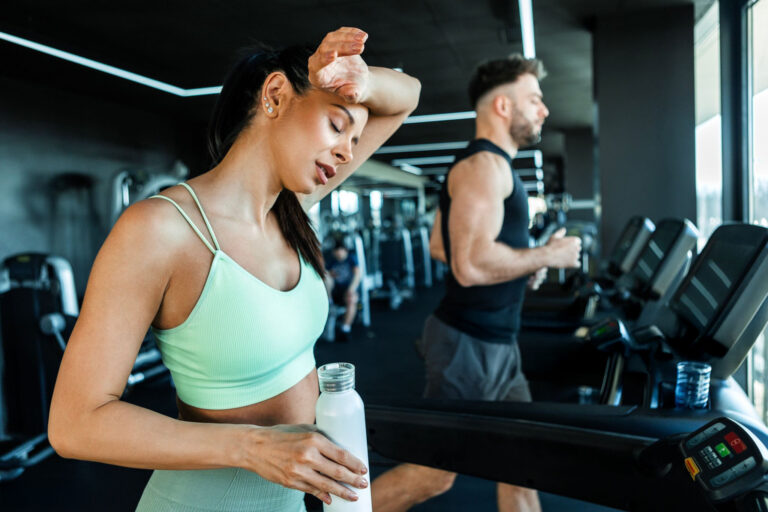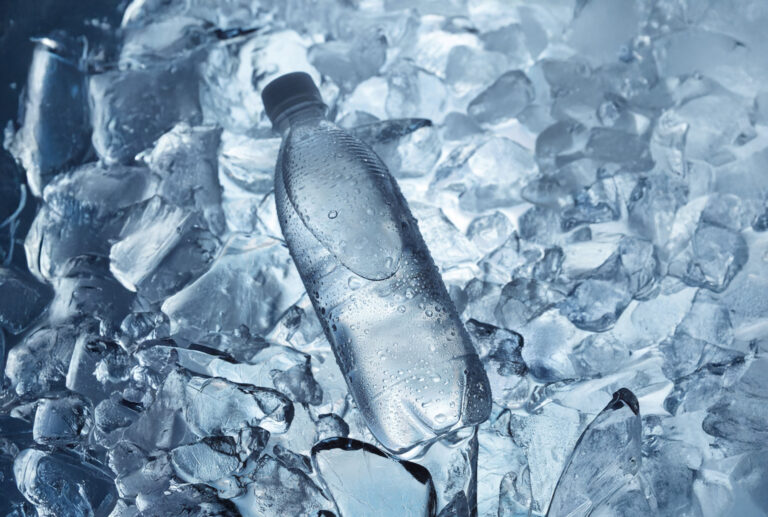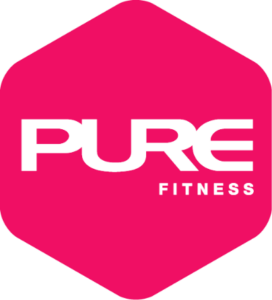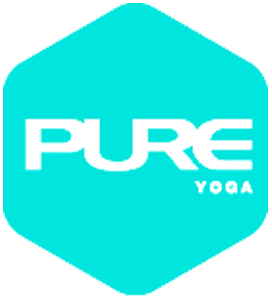15 May 2025
When our bodies move around, they generate heat in the body from the friction of the hard and soft tissues moving against each other. The more you move without rest, the more your tissues will heat up. The body will get to a point where the heat gets too high and it will find ways to cool you down. As discovered by professors at Stanford University, one of the quickest ways it can do this is by creating fatigue in the tissues. Too much heat in the tissues can have a negative effect on the body, so this dance goes on within the body to regulate safe temperatures.

We’ll notice this when during that run or group exercise class, you start to feel fatigued and your intensity or pace will slow down to help the body reduce that heat within the tissues.
Experiments conducted at Stanford found that if the body is slightly and safely pre-cooled before high-intensity cardiovascular or strength movements, it would take longer for the body to reach the temperatures where it would produce fatigue, hence allowing the activity to stay at a higher intensity for longer.
If done correctly, pre-cooling the body can aid performance. The trick is to not get too cold or prolong the cold before movement as the tissues will require movement or warm-up to avoid injuries.

Exposing the body to short rounds of cold immersion (15-30 second bursts) is a good guideline. This can be done after hot immersion or just cold on its own. Don’t stay in the cold too long as the goal is to cool the body down, not to trigger a full cold shock response with an extended time of 1-2 minutes.
Be sure to continue adding your mobility and warm-up movements before you exercise and start noting your performance.
To stay on top of recovery during your activity, freeze water in a water bottle. Hold the bottle in your hands for no longer than a minute and your increase in recovery will be significant, especially when lifting weights or any kind of load repeatedly.


A fresh approach to a wellness studio that helps you unscramble your head and Re:set your system mentally, physically and emotionally – powering you up to feel your best again.

Whether you want to tone your body or pump up your cardio, harness the power and grit with PURE Fitness.

From private yoga to specialised classes, enjoy the ultimate yoga experience with PURE Yoga and lead happier, healthier, and more balanced lives.
From yoga to fitness, PURE Online provides scheduled and on-demand workout videos to practise anytime and anywhere.
noodfood offers only the good stuff — delicious and nutritious food and drinks including cold-pressed juices, raw foods and organic snacks to keep you happy and healthy.

A fresh approach to a wellness studio that helps you unscramble your head and Re:set your system mentally, physically and emotionally – powering you up to feel your best again.

Whether you want to tone your body or pump up your cardio, harness the power and grit with PURE Fitness.

From private yoga to specialised classes, enjoy the ultimate yoga experience with PURE Yoga and lead happier, healthier, and more balanced lives.
From yoga to fitness, PURE Online provides scheduled and on-demand workout videos to practise anytime and anywhere.
noodfood offers only the good stuff — delicious and nutritious food and drinks including cold-pressed juices, raw foods and organic snacks to keep you happy and healthy.
A fresh approach to a wellness studio that helps you unscramble your head and Re:set your system mentally, physically and emotionally – powering you up to feel your best again.
Whether you want to tone your body or pump up your cardio, harness the power and grit with PURE Fitness.
From private yoga to specialised classes, enjoy the ultimate yoga experience with PURE Yoga and lead happier, healthier, and more balanced lives.
From yoga to fitness, PURE Online provides scheduled and on-demand workout videos to practise anytime and anywhere.
noodfood offers only the good stuff — delicious and nutritious food and drinks including cold-pressed juices, raw foods and organic snacks to keep you happy and healthy.
A fresh approach to a wellness studio that helps you unscramble your head and Re:set your system mentally, physically and emotionally – powering you up to feel your best again.
Whether you want to tone your body or pump up your cardio, harness the power and grit with PURE Fitness.
From private yoga to specialised classes, enjoy the ultimate yoga experience with PURE Yoga and lead happier, healthier, and more balanced lives.
From yoga to fitness, PURE Online provides scheduled and on-demand workout videos to practise anytime and anywhere.
noodfood offers only the good stuff — delicious and nutritious food and drinks including cold-pressed juices, raw foods and organic snacks to keep you happy and healthy.
Let us know how we can help you.
Form submitted. Our representative will contact you shortly.
Form submitted. We will Our representative will contact you shortly.
Let us know how we can help you.
Form submitted. Our representative will contact you shortly.